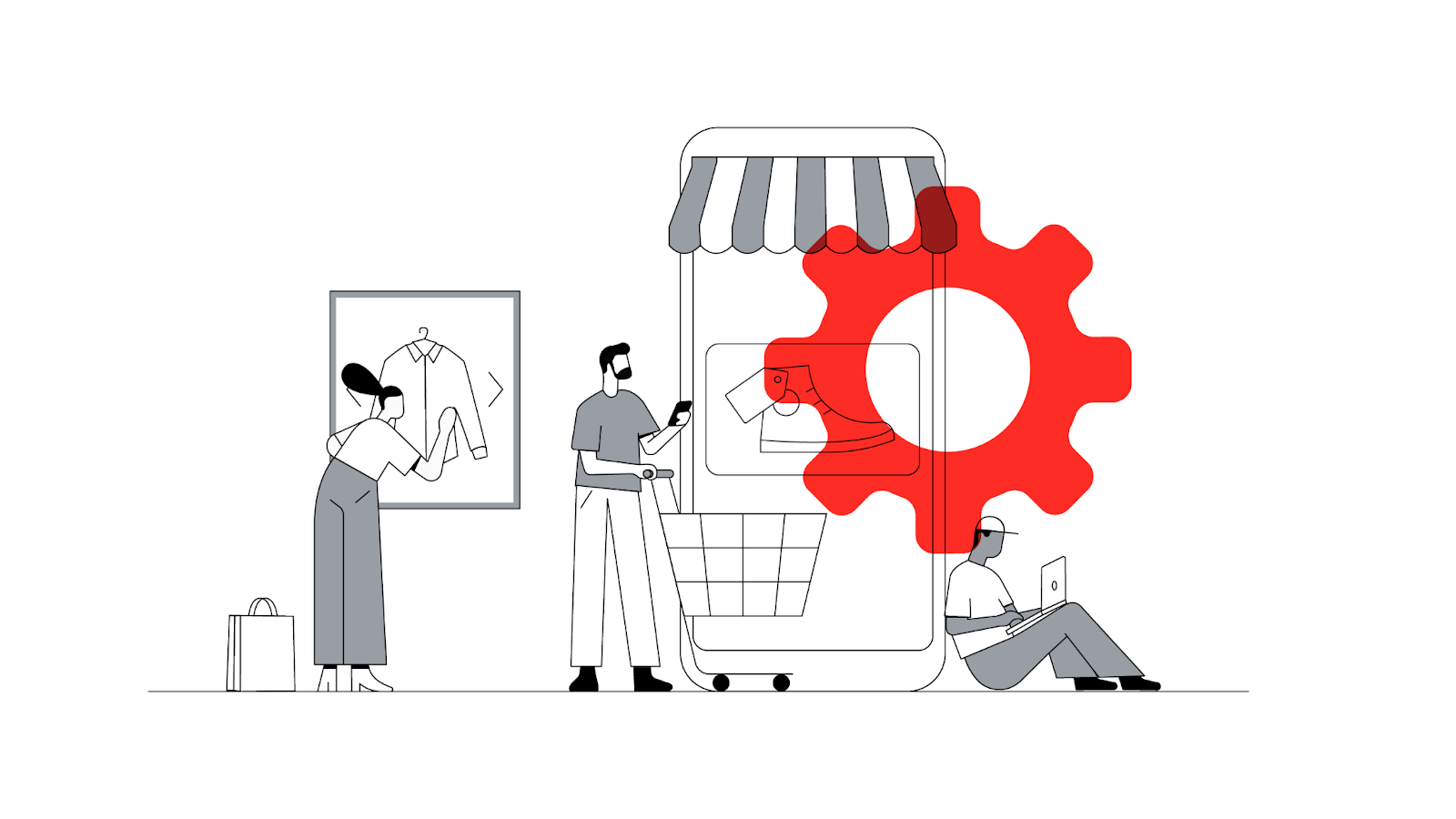Every company attempting to export their brand to international markets faces a range of challenges: for example, different languages, cultures, and user behavior. Data can serve as a vital tool to helps brands overcome these challenges. Chinese gaming company, 37Games, used Google's Universal App Campaign (UAC) to unearth key insights through data and machine learning, and used this data smartly in multiple areas — from game design and product operations to brand marketing — to increase the number of people playing its game, ultimately leading to better profits.
GOALS
Build game brand recognition
Increase numbers of game downloads and players
Increase player retention rates and interaction
Find more high-value users and increase overall game profits
APPROACH
Identify target-user behavior by leveraging big data, quickly searching for and contacting other similar users, and increase numbers of game downloads and players.
Develop marketing solutions based on player behaviors (heavy user vs casual user) and levels they reached in the game.
Incorporate in-game payment data to identify high-value players and optimise their usage
RESULTS
Won Google Play 2016 "Best Popular Phone Game of the Year"
Increased both retention rates and player levels of activity and interaction with the game by 50%
Total game revenue growth of 20%, with maximum monthly sales volume of USD15 million
Many game developers want to export their carefully designed games internationally in order to boost player numbers and increase overall profit. But when entering international markets, developers face a range of challenges: for example, different languages, cultures, and user behavior.
Chinese game developer 37Games is no exception. The company had invested a great deal of manpower on producing customized advertising materials and managing multiple channels in a bid to adapt to differences between users in various markets. However, the complexity of these user differences and existence of numerous contact channels made it increasingly difficult to find and target users. In the past, marketing strategies tended to focus on the initial bid for app installs -- for example, Cost Per Install or CPI -- but they were unable to provide a comprehensive picture of players. Segmenting these potential users into heavy users vs. casual users also proved difficult.
Faced with all the challenges associated with expansion into different markets, 37Games turned to Google's Universal App Campaign to see how machine-learning technology could be used to perform in-depth analyses of data gathered from various channels. It was also keen to find out how insights from data gathered during the three stages of game promotion (building game awareness to increase downloads, keeping existing users engaged and playing the game and finally increasing the ROI and life-time value of each user) could be leveraged to meet targets at each stage of game promotion.
Stage 1: Building brand awareness
Before and after the game is launched, knowing how to increase number of downloads and users is key to building awareness of the game and successfully securing a foothold in the market. 37Games used UAC to gain a deeper understanding of all types of user behavior, such as related topics users recently searched for, the types of games they recently downloaded on Google Play, or the types of videos they watched on YouTube.
Based on these user behaviors, they knew which users to target in their marketing campaigns. This method, which differs from evaluating demographic indicators (such as age, sex, and income) that were used in previous marketing campaigns, gives a more accurate and comprehensive picture of users, resulting in 37Games being able to reach potential users genuinely interested in the game. This effectively helped 37Games increase user numbers and download figures.
Stage 2: Increasing player retention and activity
During game development, maintaining the number of players in the game and increasing player activity levels is an important operational goal. UAC was used to gain an understanding of all types of player behavior within the game and to detect important events, such as players completing certain levels and milestones. Segmented marketing is then performed, with marketing campaigns targeting players at different stages of the game, effectively increasing player activity and interaction levels, as well as retention rates within the game.
Stage 3: Identifying high-value users
Lastly, the key to increasing game revenue lies in knowing how to identify high-value users and persuading them to increase the amount of in-game credits used. 37Games used UAC to identify which players were spending the most on in-game credits and helped target high-spending players in other games as well through Google Ads1 optimization campaigns, thereby increasing overall life-time value of each user, ultimately boosting game revenue.
The insights provided by data and machine learning can also increase operational efficiency, enhancing the competitiveness of a brand. If a brand can keep up with trends, take advantage of machine learning, and use detailed analyses to unearth valuable insights, it will be able to gain an accurate picture of its target users, increase the effectiveness of marketing campaigns, and successfully capitalize on any opportunities associated with exporting the brand to global markets.







